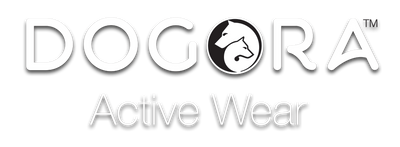Paws For Thought This Winter

If you choose to walk bootie-free this winter, check your dog’s paws frequently for signs of cold weather damage. Some simple signs include: dry, cracked, flakey, and itchy paws.
We have all seen our dogs lifting their paws during the winter. This sudden lameness may be due to an injury, or to de-icer and ice accumulation between your dog’s toes. The simplest way to relieve your dog’s distress is to remove salt from between toes. You can also place your hand over their paws and melt any snow accumulation with your body heat.
Pay close attention to the use of de-icers on your neighbourhood sidewalks and the parks where your dog plays. They can lead to a TOXIC experience if your dog decides to lick any ice melting agents from their bare paws. Be sure to WASH/DRY paws after walks. Prolonged contact can lead to chemical burns.
Note: You can avoid snow accumulation by trimming the hair between your dog’s toes.
“Thought’s for Your Dog’s Paws.”
Exposure to winter cold, dry air and sleet/snow can lead to itchy, flaking paws and skin. One way to avoid this is to towel dry your pet as soon as they come in from playing outside. You should pay close attention to drying between their toes and paws. Giving their ears a good wipe will help prevent painful ear infections. For your long calorie burning winter walks, bring a towel to remove and clean off irritated or stinging paws.
“Who Doesn’t Enjoy a Good Massage?”
Massaging petroleum jelly onto your dog’s paws can help serve as a protective barrier against salt/chemical agents. Your dog won’t say NO to a casual paw massage either. Massage between paws and pads. This helps promote healthy blood flow. Use this as an opportunity to check over your dog’s paws after walks.
“Treat Your Dogs Paws Like They Were Your Own.”
Be mindful of the weather outside and the conditions of the sidewalks/parks. Ice can be sharp and cut like a knife in the cold. Pay close attention to your dog’s behaviour when returning home. A casual paw lick is normal, however if it becomes a fixation, take a look to see what is so interesting.
Our winters can be harsh, but don’t let it stop your dog from enjoying their favourite part of the day. The most effective barrier between your dog’s paws and any winter chemical agent are a pair of winter booties. They may take some getting used to, however take your time and let your dog get comfortable. Use treats to enforce a positive learning experience.
“Don’t Let Your Paws Stop You”
Nicholas M.
If you enjoyed this post and found it informative, please feel free to share it with your friends and follow us on social media.
Nicholas Mozas is Founder and CEO of DOGORA. He is a graduate of the University of Guelph in Biological Science and holds an M.Sc. in Neutragenomics. Nicholas managed an Animal Hospital after graduation, gaining a better understanding of pets’ and owners’ needs. Find out more at www.dogora.ca

